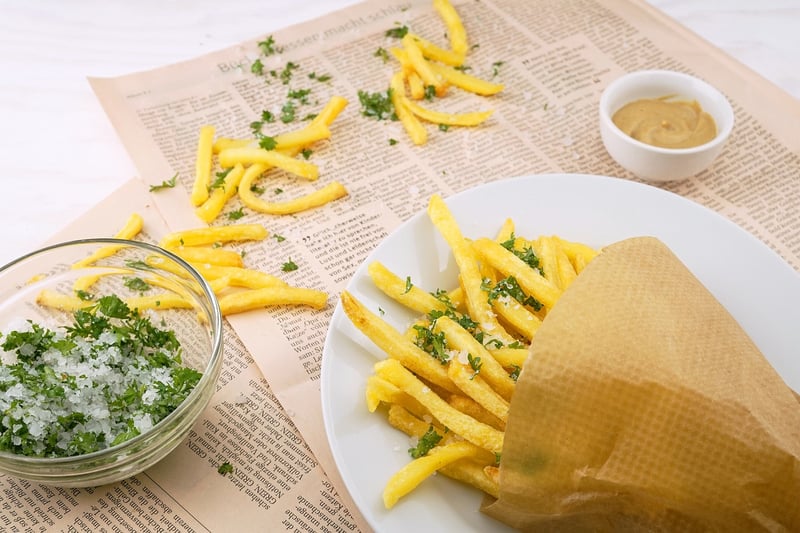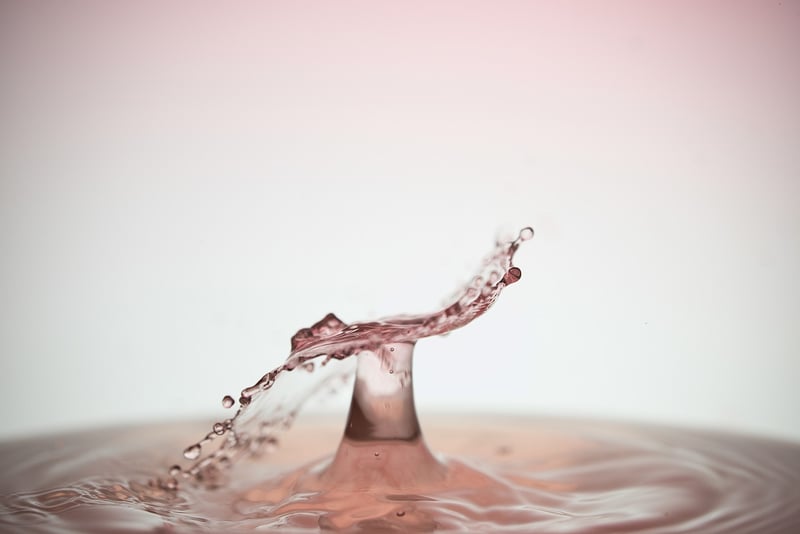Texture Experiments
The Science of Food + Texture Experiments
Food is not just about taste; it's also about texture. The way food feels in our mouths can significantly influence our overall dining experience. Understanding the science behind food texture can help us create delightful culinary experiences and push the boundaries of gastronomy. Let's explore some fascinating texture experiments that shed light on the intricate world of food textures.
Why Texture Matters
Texture plays a crucial role in how we perceive food. It impacts mouthfeel, flavor release, and even our satisfaction levels. By manipulating textures, chefs can elevate dishes from good to extraordinary.
Texture Experiments
1. Spherification
Spherification is a culinary technique that transforms liquid ingredients into spheres with a thin membrane. This process, popularized by molecular gastronomy, creates bursts of flavor and texture in the mouth.
2. Foam Formation
Creating foams involves incorporating air into a liquid to produce a light and airy texture. Chefs use foams to add a delicate touch to dishes, enhancing both visual appeal and mouthfeel.
3. Sous Vide Cooking
Sous vide cooking involves sealing ingredients in a vacuum bag and cooking them in a water bath at precise temperatures. This method ensures consistent texture throughout the food, resulting in perfectly tender and juicy dishes.
Exploring New Textures
Experimenting with food textures opens up a world of creative possibilities in the culinary realm. By combining different textures, chefs can craft multi-dimensional dishes that surprise and delight diners.

Conclusion
Texture experiments in food not only showcase the innovative spirit of chefs but also enhance our dining experiences. The next time you savor a dish, pay attention to its textures, and appreciate the science and artistry that goes into creating a perfect balance of flavors and mouthfeel.
Embrace the world of food textures, and embark on a journey of culinary exploration where every bite tells a unique story!
